AARP Hearing Center
In this story
Little distractions • Stand out, be bright • Remember a landmark • Keep yourself separate • Snap a photo • Use your key fob • Be methodical • Ask for help • Let app keep track
If you’ve had that sinking feeling, looking around a crowded garage and not remembering where you parked, don’t beat yourself up.
You’ve been running around all day and have a million things on your mind. Perhaps you were distracted while locking your car, talking on the phone and walking to a building’s front door without taking note of where to return across a vast parking lot.
Take a deep breath. Here are some ways, tech and not, to climb back behind the wheel of your vehicle.
1. Make your car unique
White, black, gray and silver, considered grayscale colors, together make up 80 percent of cars on the road in 2023, according to iSeeCars, an auto research company based in Woburn, Massachusetts. If yours is one of them, you need to find a way to make it stand out, similar to the principle of decorating your black suitcase so you can spot it quickly in an airport’s baggage claim area.
Some car owners resort to adhering a large magnet on the rear bumper, affixing a see-through graphic to the rear window or, for those with a sense of humor, clipping bunny ears, decorative flags or reindeer antlers to side windows.
You can find seasonal kits that come complete with a fabric tail that will flow out the back hatch to better showcase your vehicle; its rear end will likely be what you see first. You’ll want any option for it to be visible from far away.

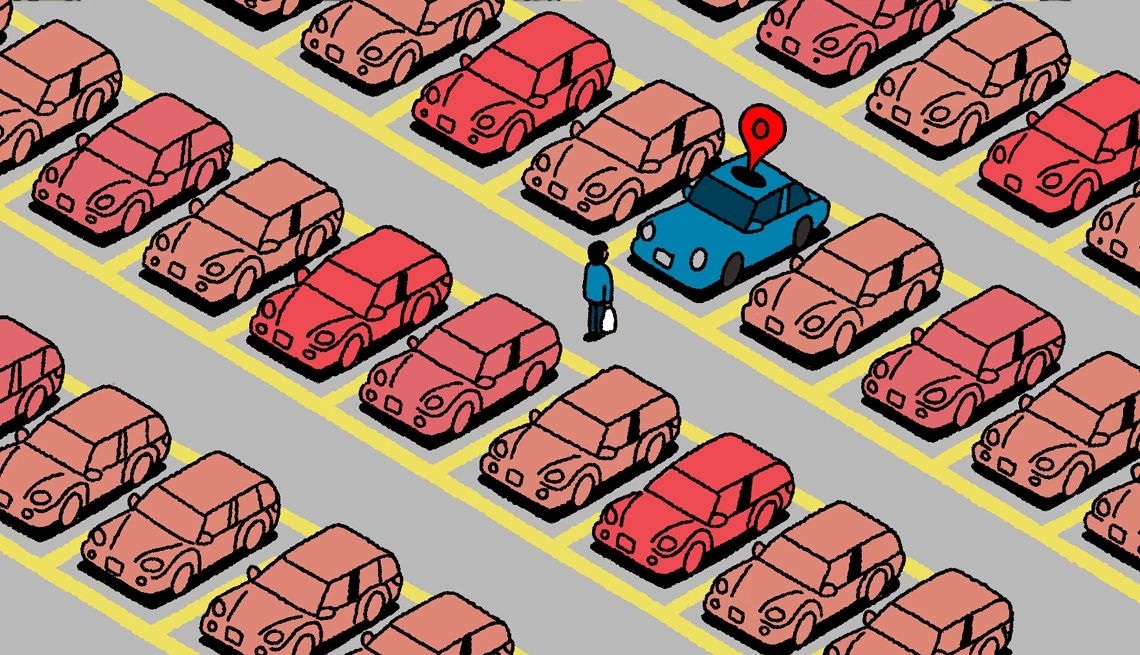
Or for your next car, consider a more visible color. Some think a yellow vehicle has a certain zest.
That’s why racier 2025 models from Aston Martin, Ferrari, Lamborghini, Maserati and Porsche come in yellows from mellow Cartagena to tones reminiscent of a road’s center line. If you can’t afford one of these models, a Hyundai Kona or Mini Cooper can keep your hue on the sunny side for less. Few people have been so bold in their color choice. About 0.2 percent of cars in the United States are yellow.
2. Park near an identifying landmark
A good way to remember where you parked is to leave your vehicle near an easily identifiable landmark, such as a specific sign, building or anything else that can be seen from far away. If you go someplace regularly, try to park in a similar location each time.
Airports, shopping malls and theme park lots often have signs posted with letters or numbers to help you remember whether you’re in Lot G or Row 4. In Toronto, one huge underground garage has signs with animal silhouettes to help you recall the “rabbit” section.
3. Stay away from everyone else
Some drivers like to steer away from crowds and park at the farthest fringes of a lot. More people try to get as close as they can to an entrance.
Sure, an empty section could fill up before you return to it, but those without mobility challenges will find bonuses in parking far away.
- The longer walk to the door will help you get your 10,000 steps a day.
- Fewer vehicles at the edges of a parking lot reduce the odds of someone dinging your car’s door or bumper.
4. Snap a photo or shoot a video
When you exit your vehicle, pull out your smartphone and take a photo of it — perhaps with a sign or landmark in the same shot — so you can easily find it later. Or shoot a short video that will give you a “you are here” idea of where you parked.


























































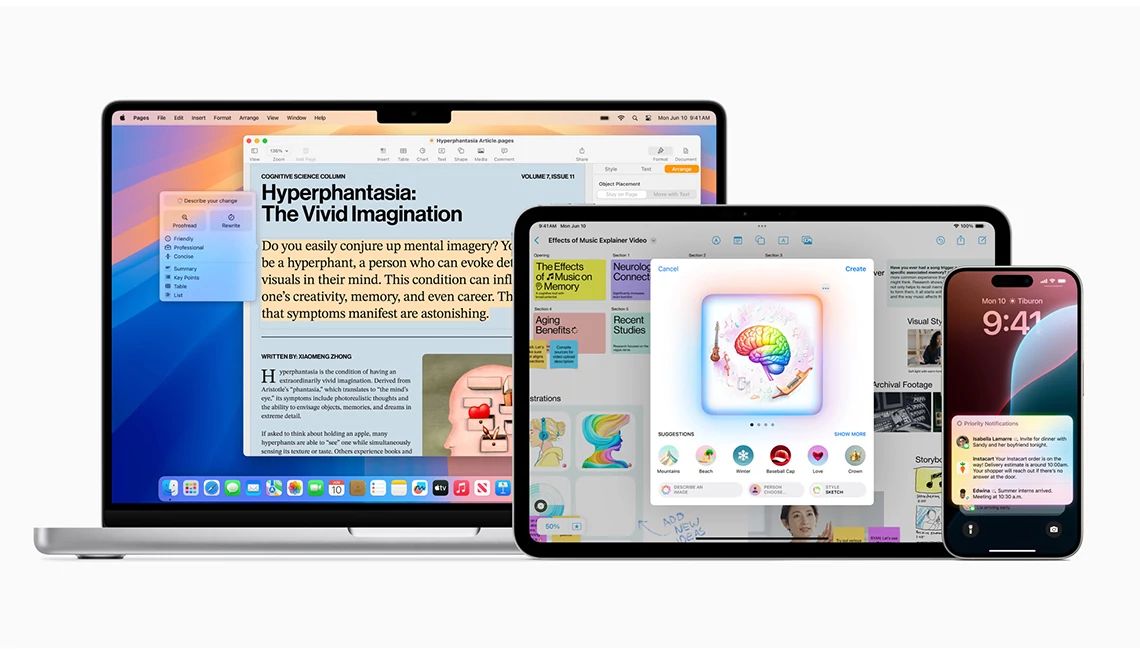



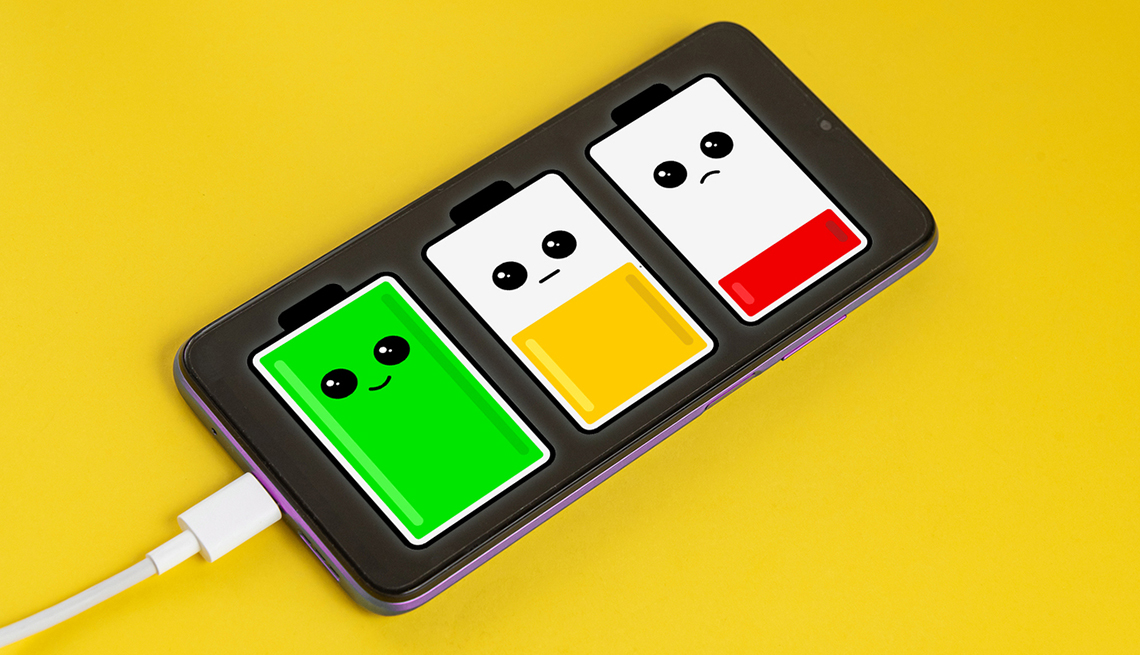
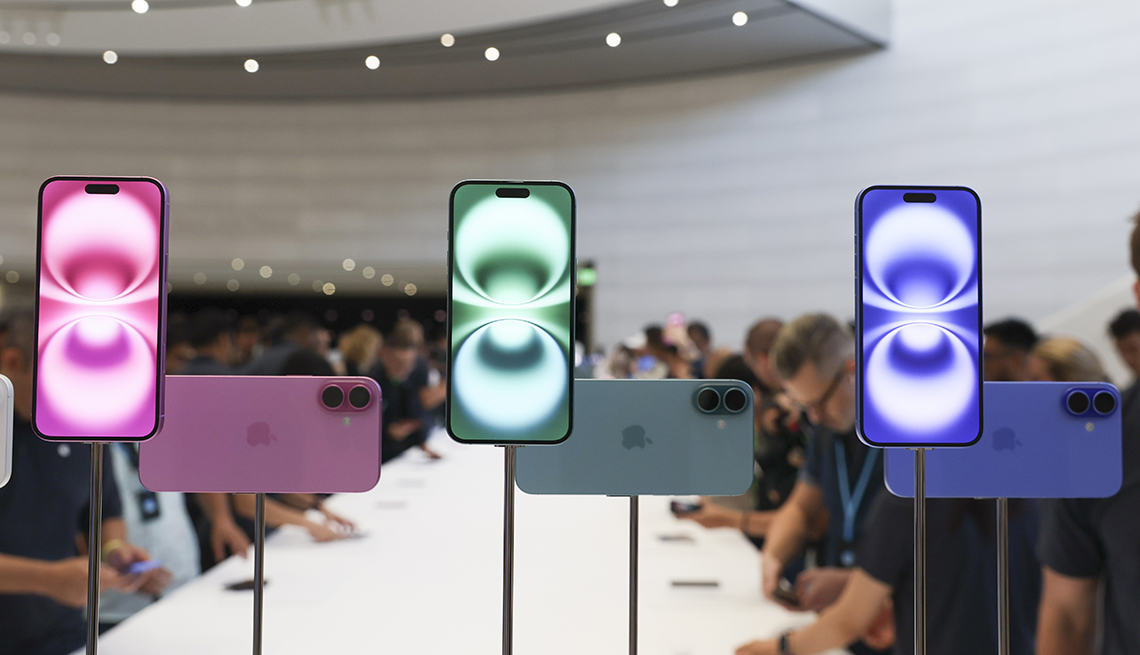
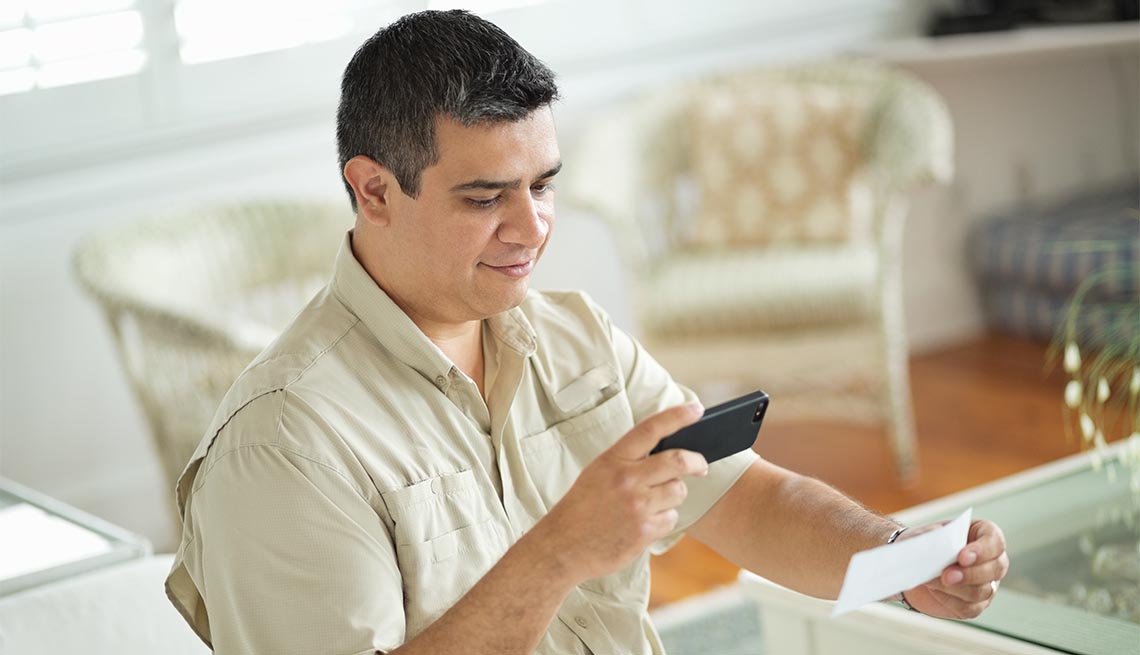




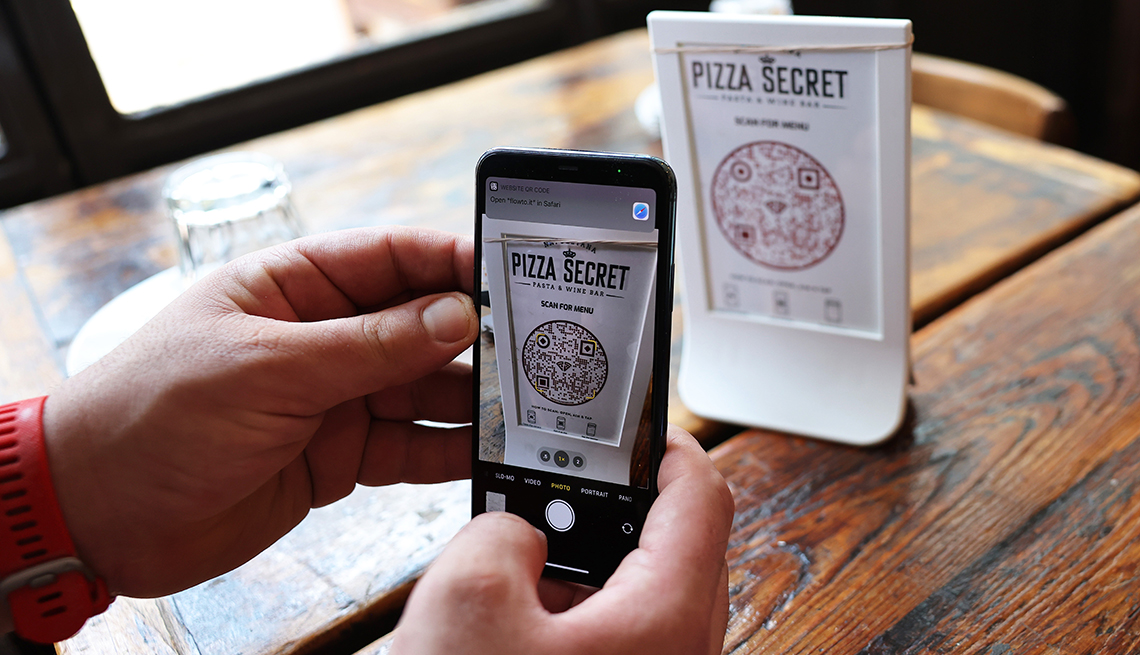
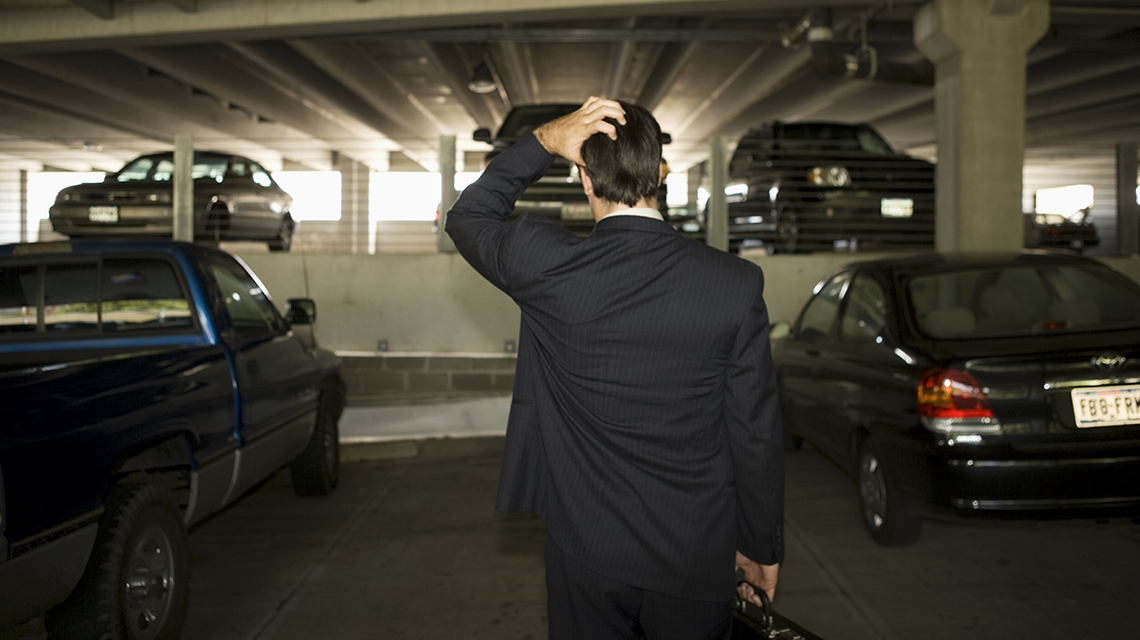
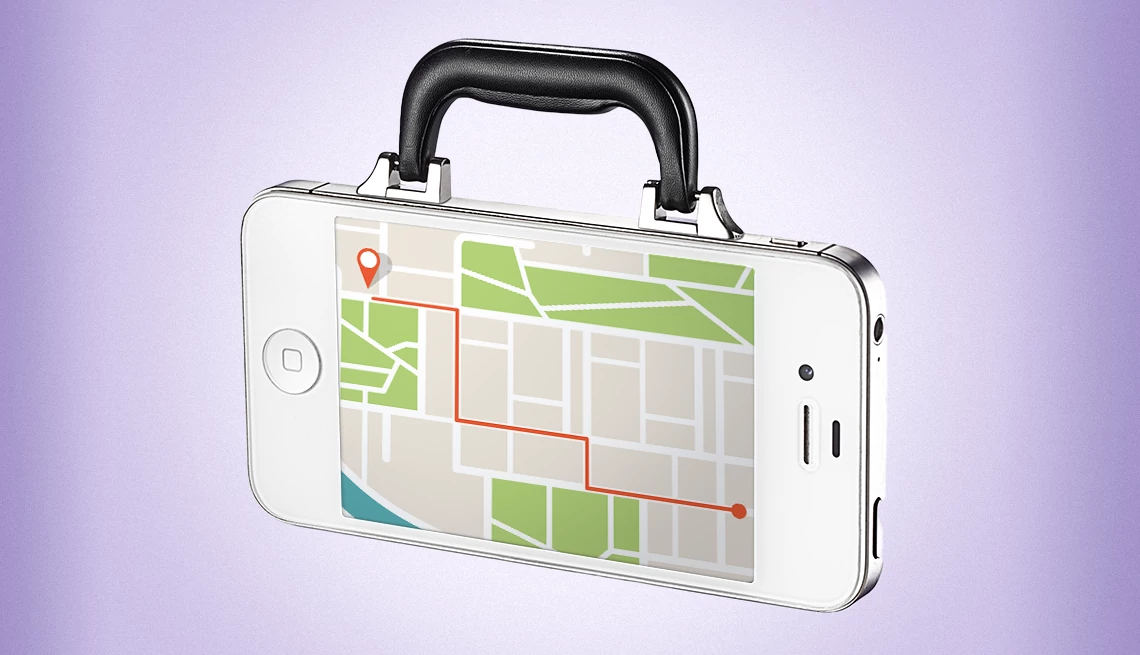





More From AARP
Adaptive Cruise Control Can Help Keep You More Serene
Tech is no sub for staying alert, experts sayCar Safety Systems Older Drivers Should Not Skip
Older drivers are safer, but car safety tech is importantAARP Smart Guide to Electric Cars
Which vehicle to choose, tips to properly charge it, how to get incentives and moreRecommended for You